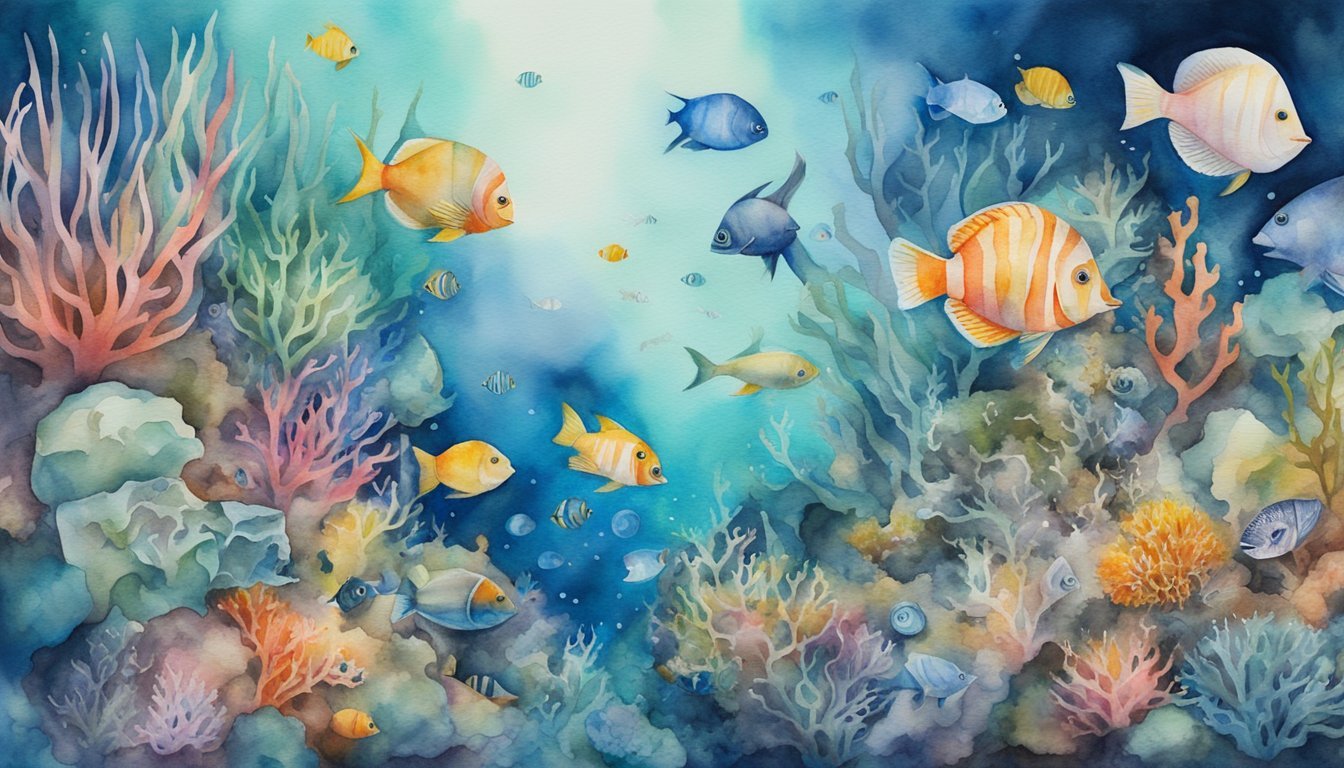Discovering New Deep-Sea Species
The quest for understanding our planet’s biodiversity extends into the deep sea, where recent expeditions have revealed a trove of previously unknown species. These discoveries not only enhance our knowledge of marine life but also underscore the vast unexplored frontiers of our oceans.
Expeditions and Research
A significant surge in deep-sea exploration has led to the uncovering of over 100 new species in the Pacific Ocean, credited to advanced technology and concerted scientific efforts. These expeditions, employing remotely operated vehicles and deep-sea cameras, have plunged into the abyssal plains to document the unknown with striking precision. Every expedition brings to light new insights into marine biodiversity, challenging our perceptions of life in the dark depths of the ocean.
Science of the Unexplored Depths
The deep sea remains one of the least understood habitats on Earth, with the science of current biology only scratching the surface of its mysteries. Deep-sea species have adapted to extreme environments that are inhospitable to most other life forms. This habitat, characterized by darkness, crushing pressure, and cold temperatures, creates unique evolutive paths leading to species new to science. Research conducted in these regions not only catalogues new life forms but also provides critical clues about resilience and adaptation in Earth’s most extreme habitats.
Spotlight on New Species
Discoveries include a variety of bizarre and fascinating organisms, such as bioluminescent fish, species of glass sponges, and star-like creatures that challenge the imagination. Each new species discovered adds a piece to the puzzle of oceanic life, playing an essential role in the broader ecosystem. Documentation of these deep-sea species contributes enormously to the field of marine biology and opens the door to potential new avenues in medical and scientific research.
Environmental Impacts and Conservation

The deep ocean is home to complex ecosystems that are increasingly affected by human activities such as deep-sea mining and pollution.
Threats to Deep-Sea Ecosystems
Deep-sea ecosystems are subjected to a variety of threats. One significant threat is deep-sea mining, which targets minerals like cobalt and nickel essential for modern electronics and green technologies. The extraction process can destroy the seabed habitats that deep-marine species depend on. Furthermore, the sediment plumes and noise pollution generated by mining activities can have far-reaching effects on the surrounding areas.
Climate change also poses a substantial risk to these ecosystems. Increased carbon dioxide levels lead to ocean acidification and temperature changes, disrupting the life cycles and distribution of many marine species.
Another threat is bottom-trawling, a fishing method that drags heavy nets across the seafloor, significantly altering the ecosystem. Similarly, pollution from various sources, including plastic waste and chemical contaminants, can accumulate in deep sea areas, negatively impacting the health and diversity of deep-sea life.
Protective Measures and Legislation
In response to these threats, numerous protective measures and legislations have been proposed or enacted. The International Seabed Authority plays a pivotal role in regulating seafloor mining and ensuring that marine environments are preserved as much as possible during mining exploration.
Several countries have established marine parks to safeguard important deep-sea habitats. These parks restrict activities like mining and trawling in sensitive areas, allowing ecosystems to recover and thrive.
Legislation at international, regional, and national levels seeks to balance economic interests with the imperative to conserve deep-sea biodiversity. As part of conservation efforts, various strategies are being developed to promote sustainable use of the ocean’s resources while minimizing impacts on marine life and ecosystems.

